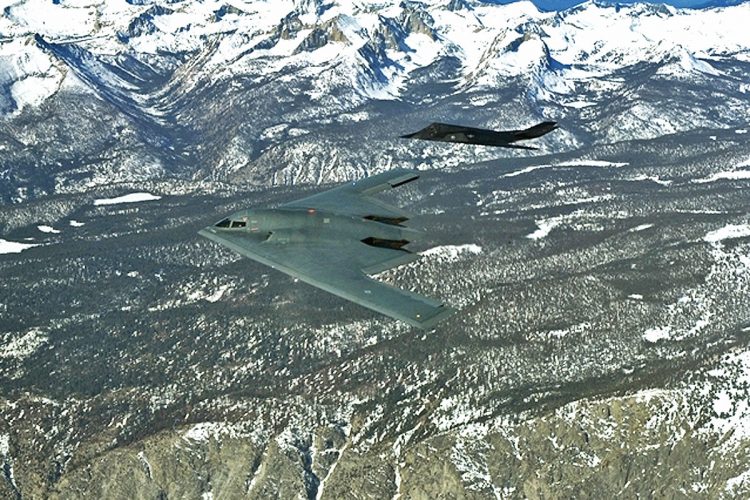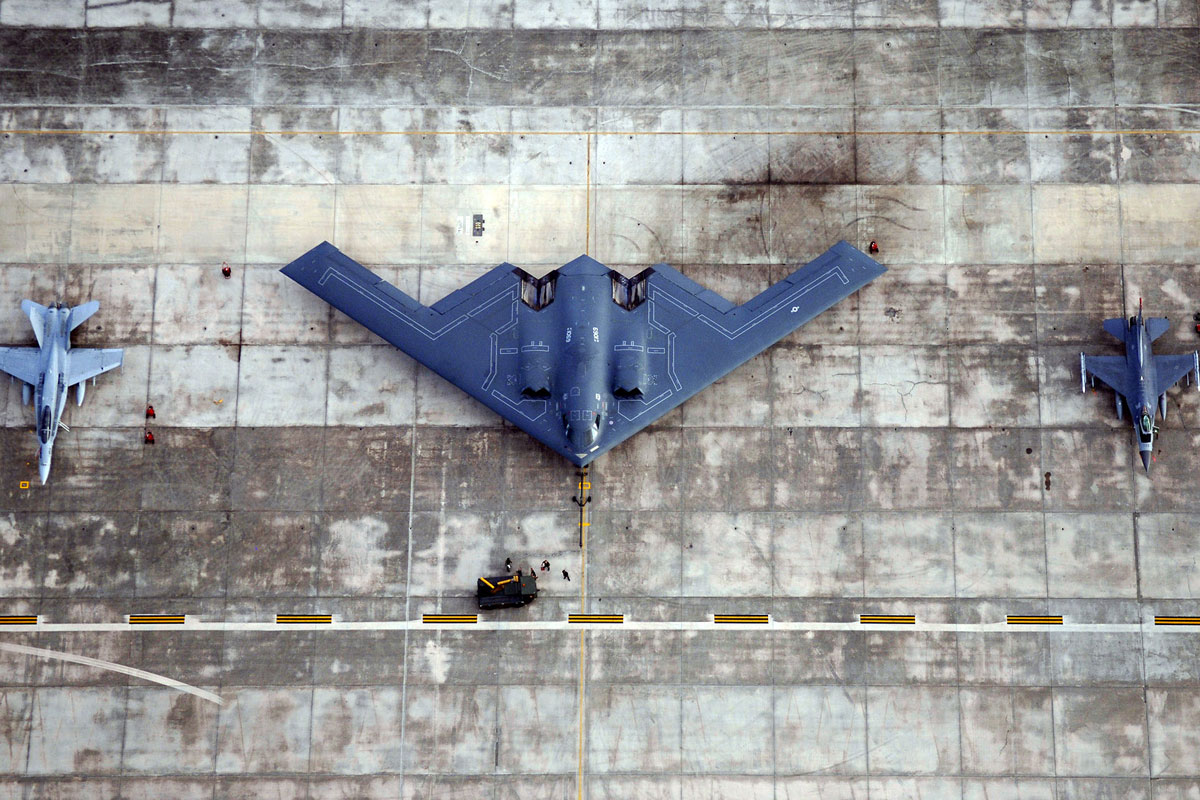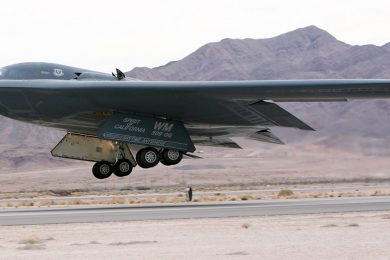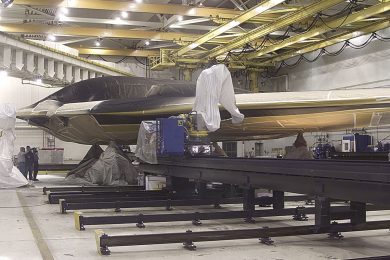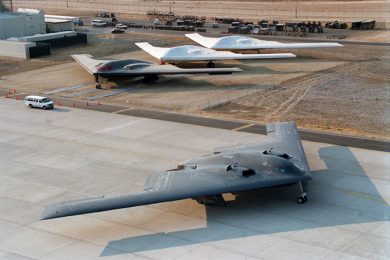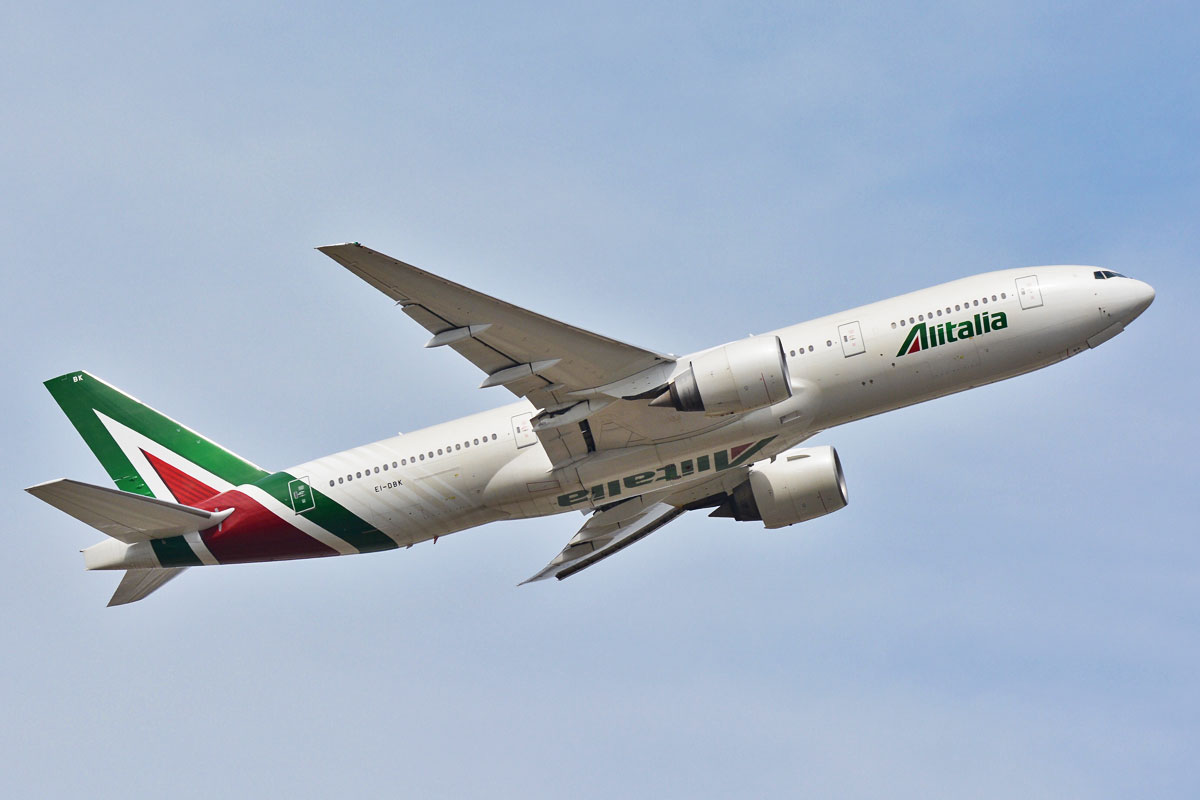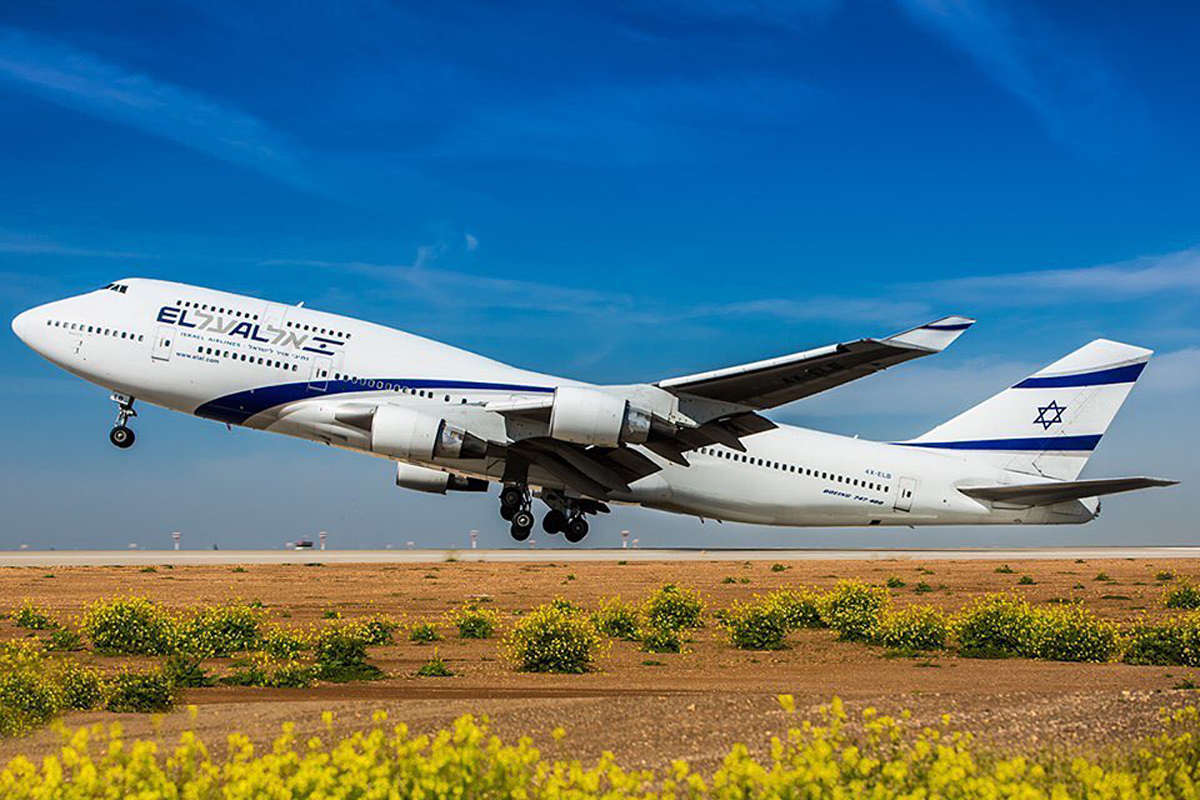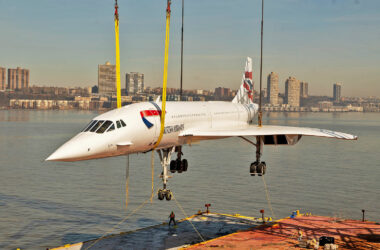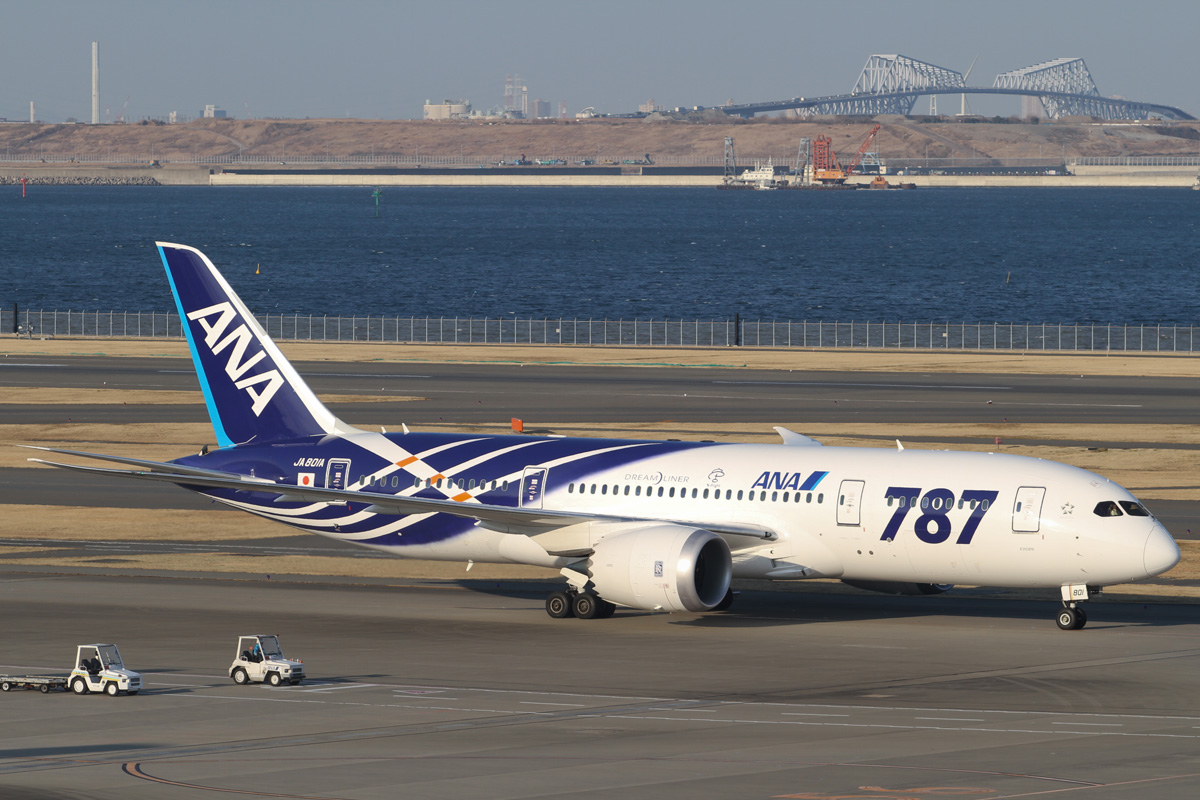The month of November 1988 will never be forgotten in the history of aviation. In just a few days, two secret planes were unveiled by the United States, both pioneers in stealth technology, which comprised a number of solutions to reduce its radar signature.
The first of these was the F-117A, an attack aircraft designed by the famous Skunk Works division of Lockheed Martin. The plane was known to exist, but no one had any idea what it would be like until the Pentagon published an image of the aircraft on November 8.
Little clear, the photo caused astonishment, but explained little about that black plane with faceted surfaces and unprecedented form. At that time, the F-117 had been in service for about five years.
Two weeks later, the aeronautical community was surprised again. On November 22, the US Air Force (USAF) unveiled B-2 Spirit, the first stealth bomber in history at a ceremony in Palmdale, California, where Plant 42 is located, the air base where secret-design airplanes are made.
Once again the basics of flying were thrown into the trash after a huge gray-and-black flying wing came out of the hangar. It was the first opportunity to see in detail an aircraft capable of avoiding radar detection, but the USAF did not allow guests to access the back of the plane. Unlike the F-117, the B-2 was a prototype that would only fly for the first time months later, on July 17, 1989, exactly 30 years ago.
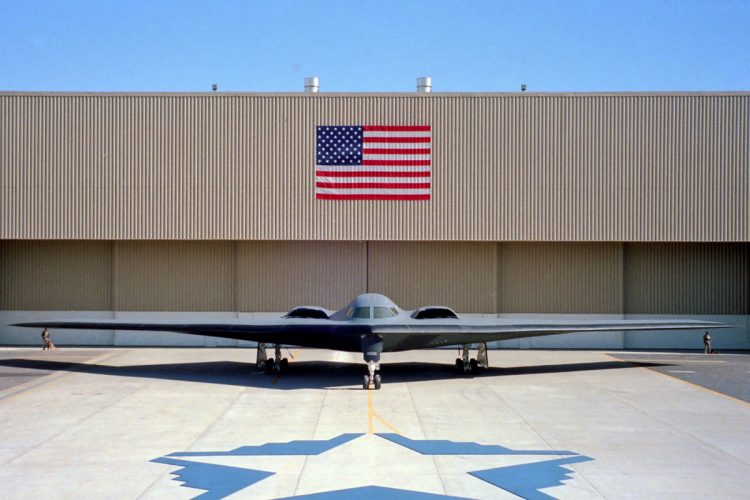
Most expensive airplane in history
Although the late 1980s already saw breakdowns in the Iron Curtain, the Socialist bloc countries led by the Soviet Union, the Northrop B-2 program, went ahead with ambitious plans.
The manufacturer had been hired to produce no less than 132 bombers at a cost of $ 737 million each. Later, each B-2 ended up costing on average $ 2.1 billion in values of 1997.
After the end of the Cold War and with costs rising, the US government reduced its order to just 21 aircraft. Despite the high cost, the B-2 Spirit carried out important missions for the Americans as in Kosovo in 1999 and in Afghanistan.
Thanks to the internal accommodations, the bomber can remain in the air for several days if needed, being refueled in the air every six hours. By 2013, his longest mission lasted more than 44 hours.
Of the 21 aircraft built only one was lost in an accident in Guam in 2008. Due to a problem in their sensors, the onboard computers misread and eventually knocked the aircraft down after takeoff. The two occupants ejected safely. Two years later, another B-2 caught fire on the ground, but was recovered and flew back three years later.
Retirement on the way
Ironically, even though it is the most advanced aircraft known to the USAF, the B-2 is expected to be withdrawn from service in the next decade. Its high operating cost is no longer justified and so the Pentagon has authorized the development of a new stealth bomber, the B-21, also built by Northrop-Grumman. The objective is to make the Raider, as it will be called, a plane more efficient and capable and, above all, much cheaper.
Of course, the B-21 will not have the same impact that its big brother did 30 years ago.
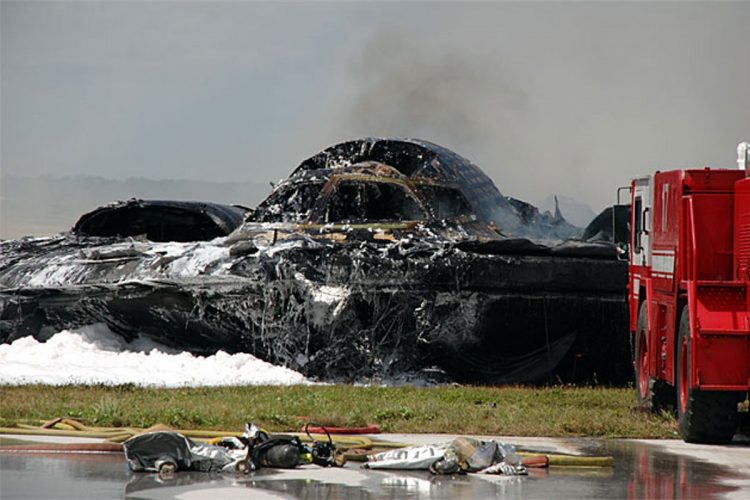
Check out some facts about B-2
1 – The B-2 was one of several programs that the USAF launched to replace the B-52. But the veteran bomber remains active and must have his life stretched even after the B-2’s retirement.
2 – It was President Jimmy Carter who gave the green light to the B-2 in the 70’s, which eventually caused the change from B-1 to B-1B.
3 – The concept of flying wing was an obsession of Jack Northrop, creator of the manufacturer, that tested several airplanes in the past, without being able to do viable none of them. Northrop, however, died in 1981 without seeing the B-2 fly.
4 – Unlike the faceted surfaces of the F-117, the B-2 uses a stealth technique of curves with absorbent materials of radar waves. It also conceals the air intake from the engines above the wings and dispenses vertical control surfaces. Instead, it uses two-split ailerons to provide yaw movement.
5 – The radar cross section of the B-2 is so small that it is as if a small bird were detected by the antennas.
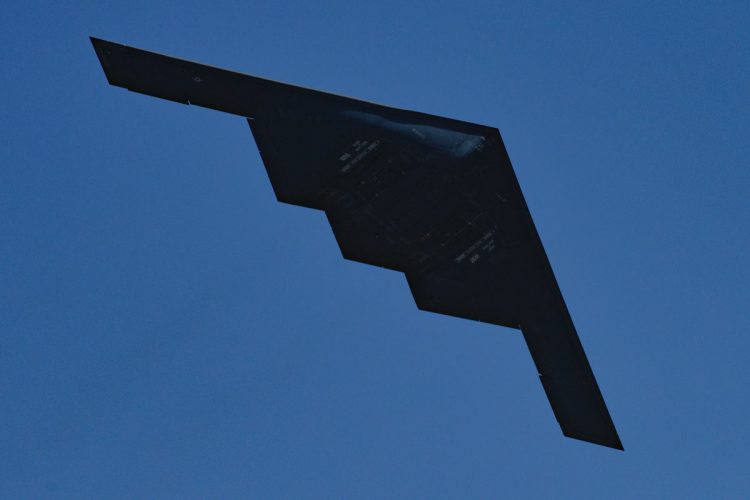
6 – The operational cost of the B-2 is twice the B-52 and B-1, approximately $ 135,000 per hour of flight.
7 – The B-2 has toilet, bed and a small oven to prepare hot meals used by two crew members on long-term missions.
8 – To fly, the B-2 makes use of a fly-by-wire quadruple system.
9 – The B-2 has a maximum takeoff weight of 170 tons, similar to a Boeing 767. It’s no wonder that its landing gear is derived from the commercial jet.
10 – It is said that each B-2 has its own “personality”, requiring specific flight and maintenance procedures. There is a legend that one of them started their engines on their own on one occasion.
